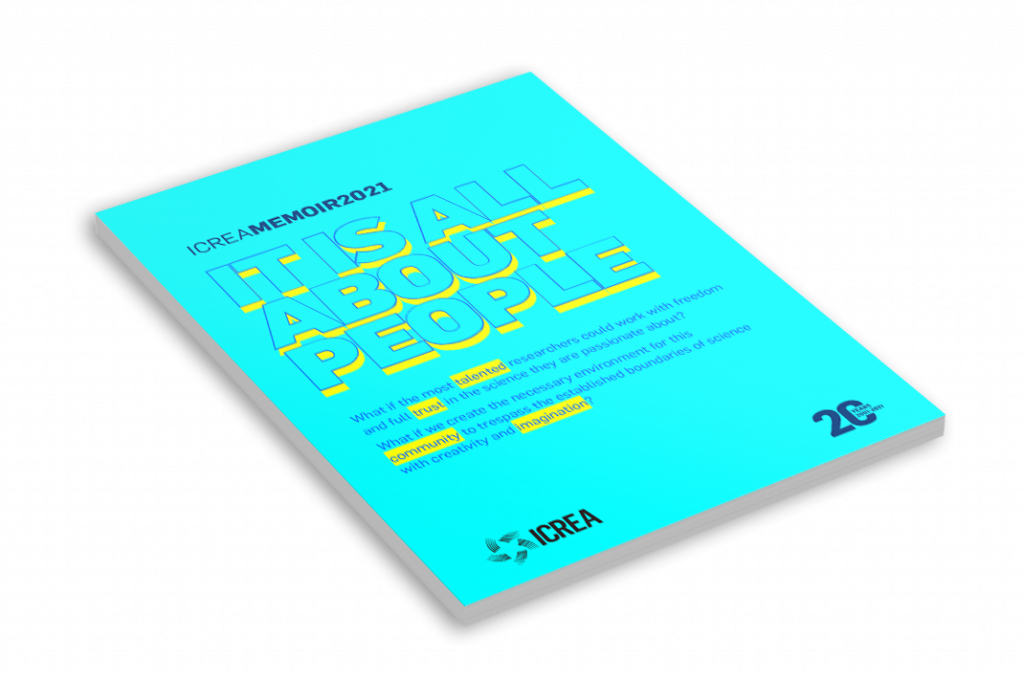During cell division of human cells, the mitotic spindle segregates the chromosomes to the two new daughter cells. As chromosomes are moved apart, the central part of the spindle becomes especially important for spindle stability and for determining the site of cell division. Using CRISPR/Cas9- mediated gene editing, we generated cultured human cell lines in which some spindle proteins were fluorescently labelled so that they could be observed by quantitative fluorescence microscopy as they display close-to-natural dynamic behaviour. We found that as the central spindle compacted over time, its structure becomes also more stable, suggesting that biochemical crowding driven by motor forces has important mechanical consequences promoting central spindle stability and function.
Thomas Surrey
Centre de Regulació Genòmica
-
Reference
Asthana J, Cade NI, Normanno D, Lim WM & Surrey T 2021, ‘ Gradual compaction of the central spindle decreases its dynamicity in PRC1 and EB1 gene-edited cells’. Life Sci Alliance 4, e202101222.

